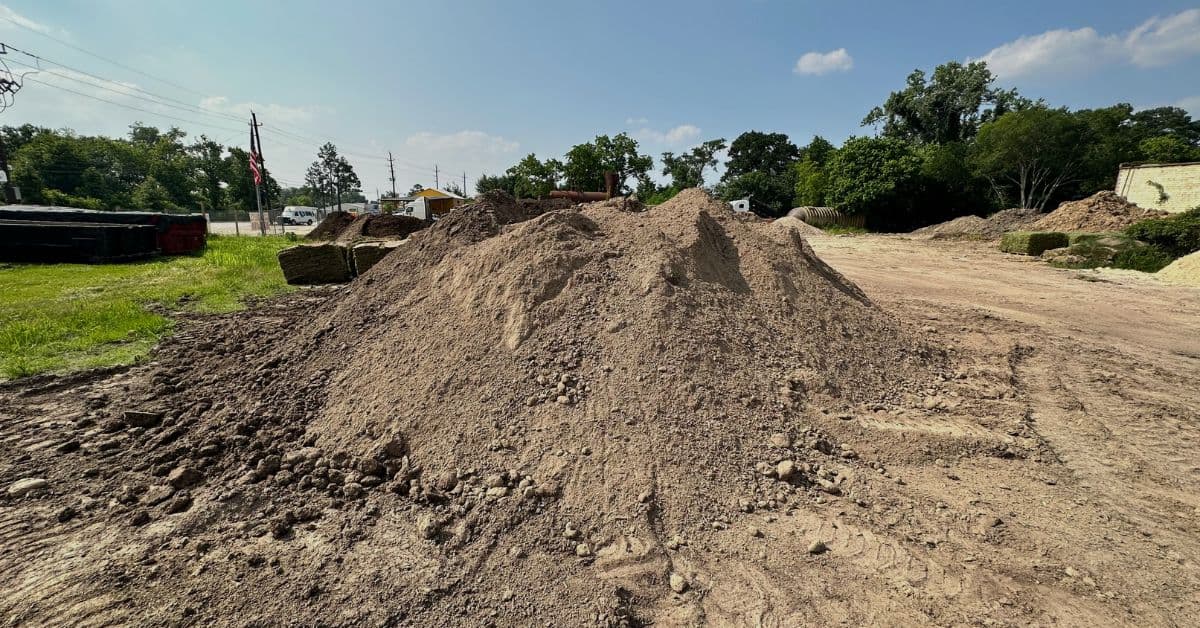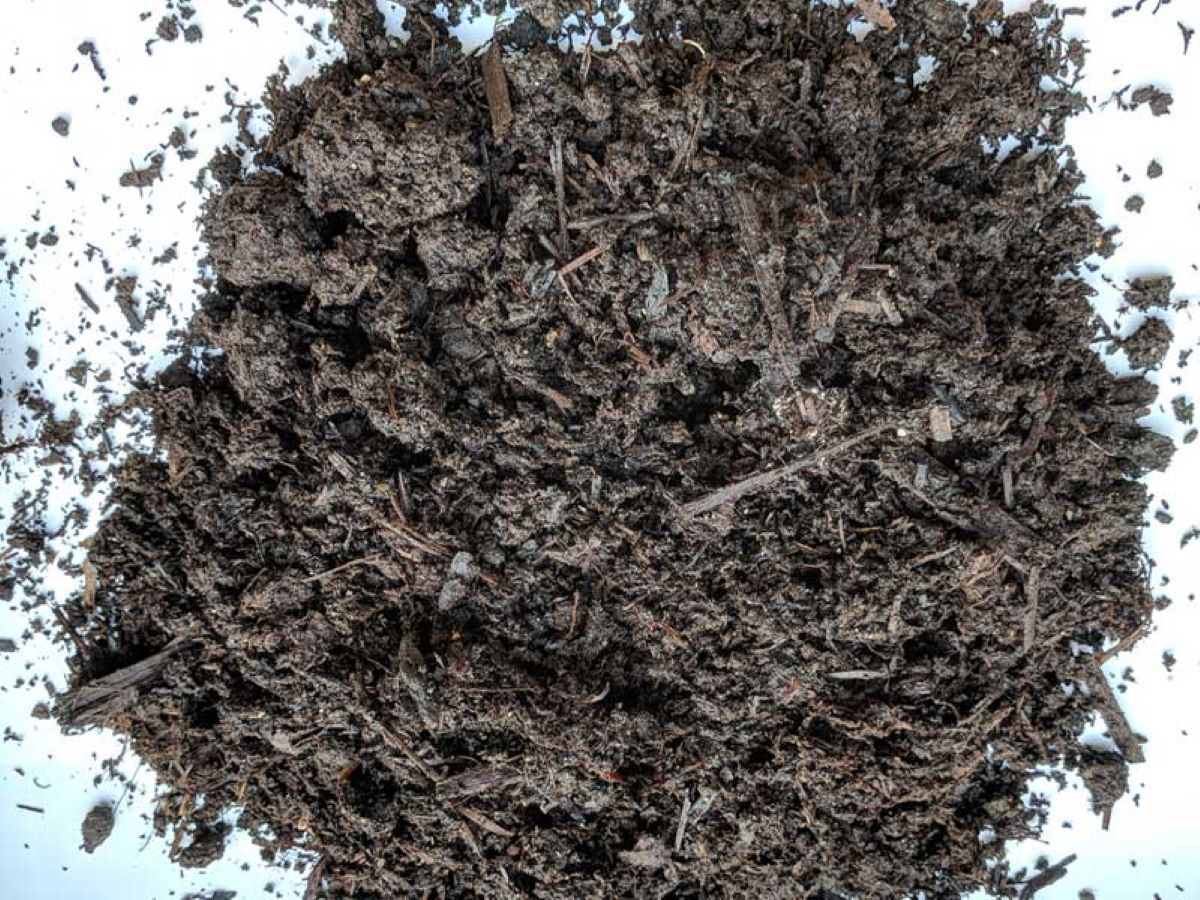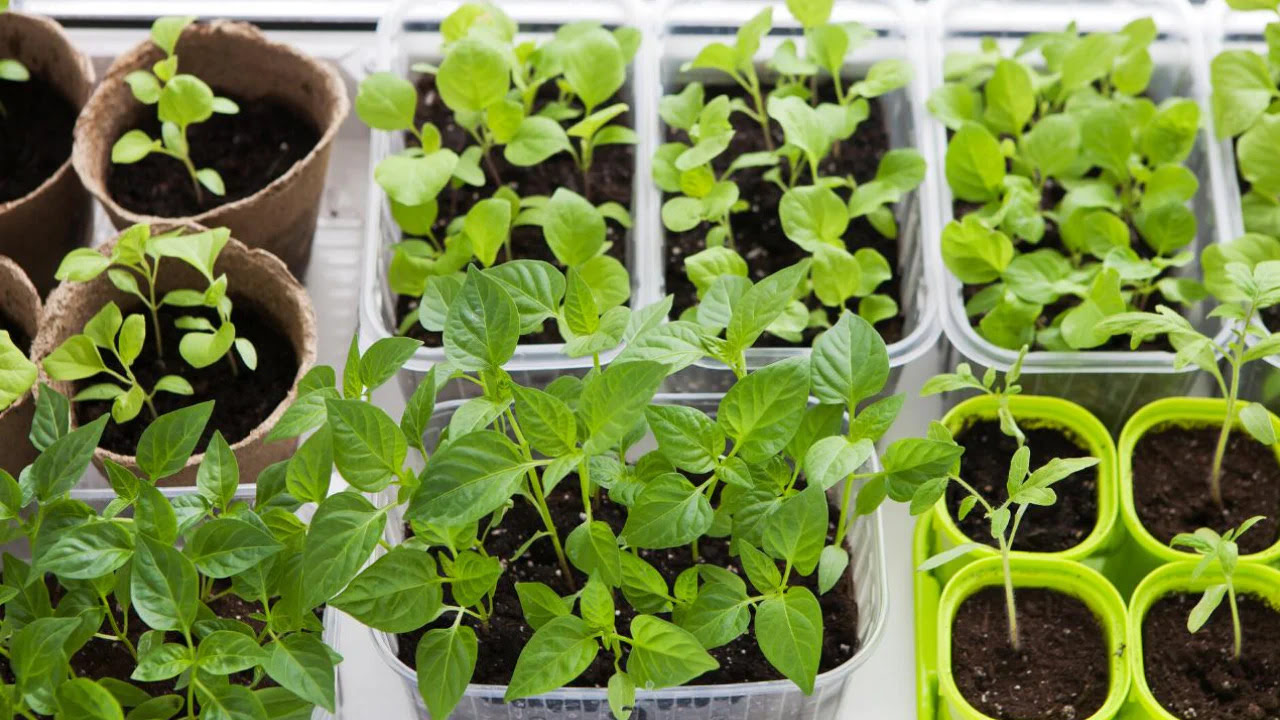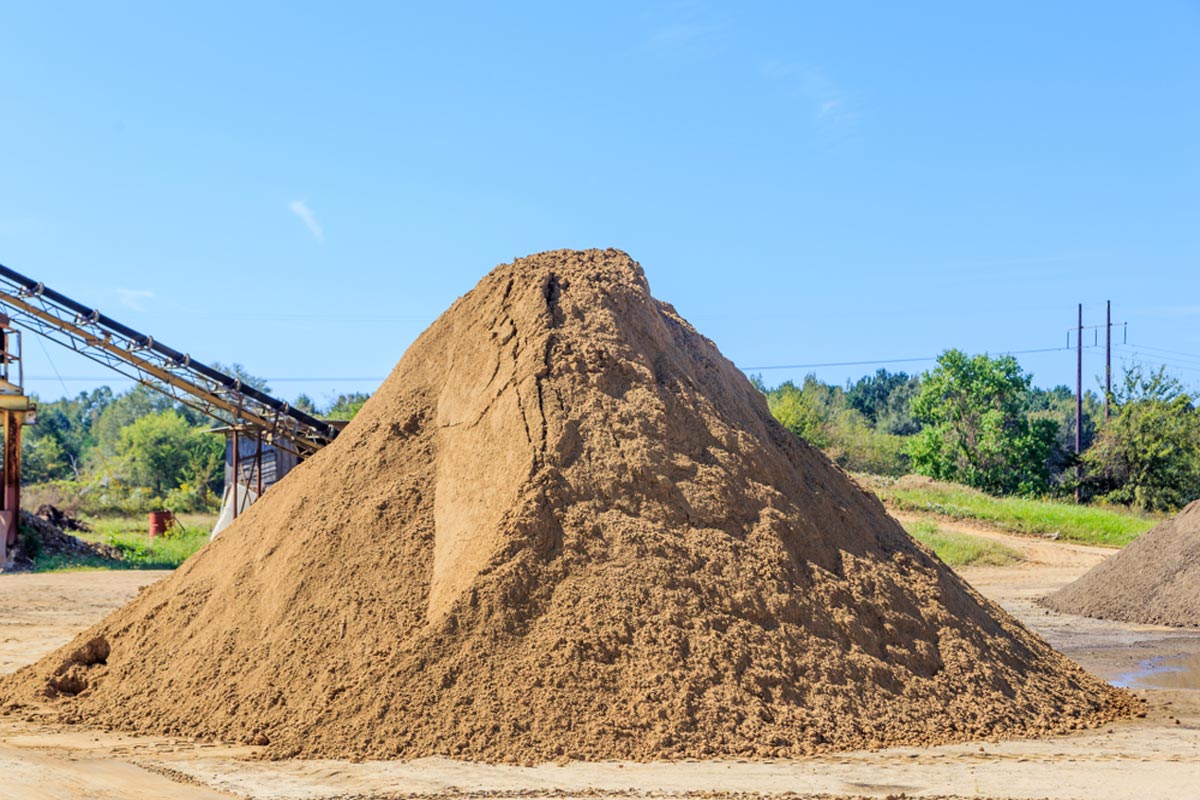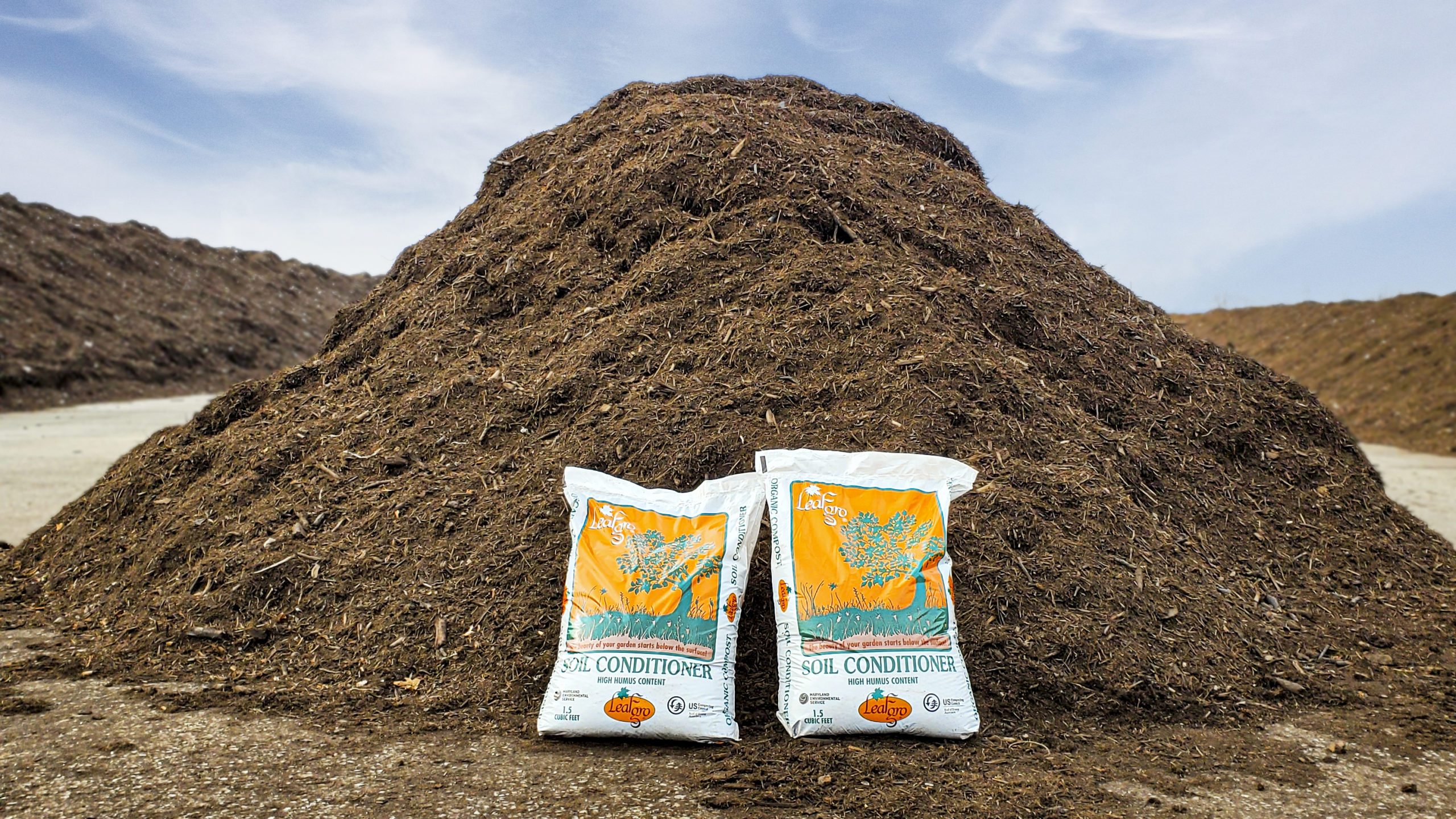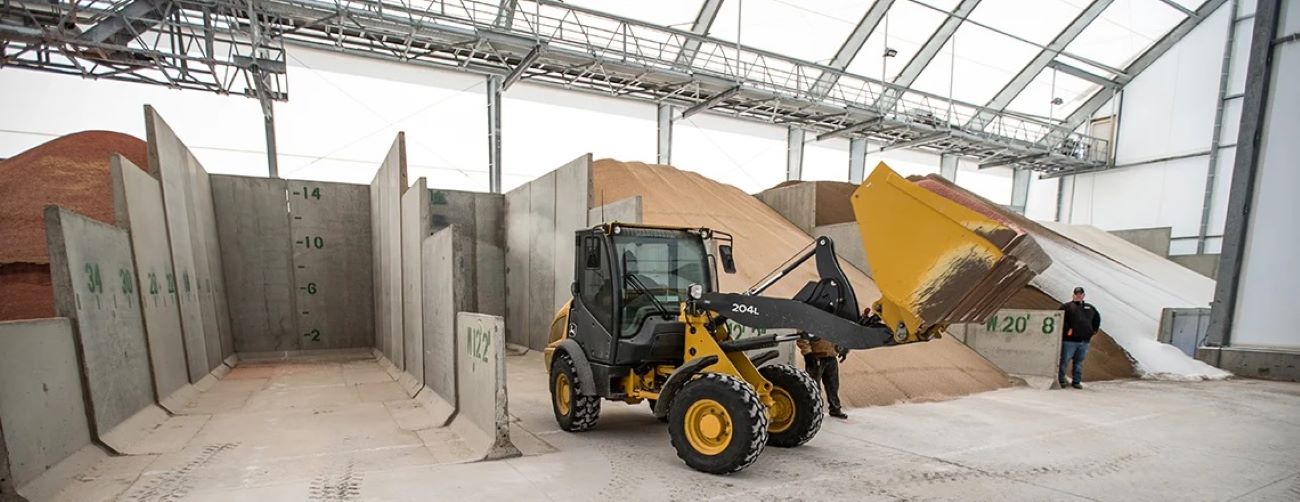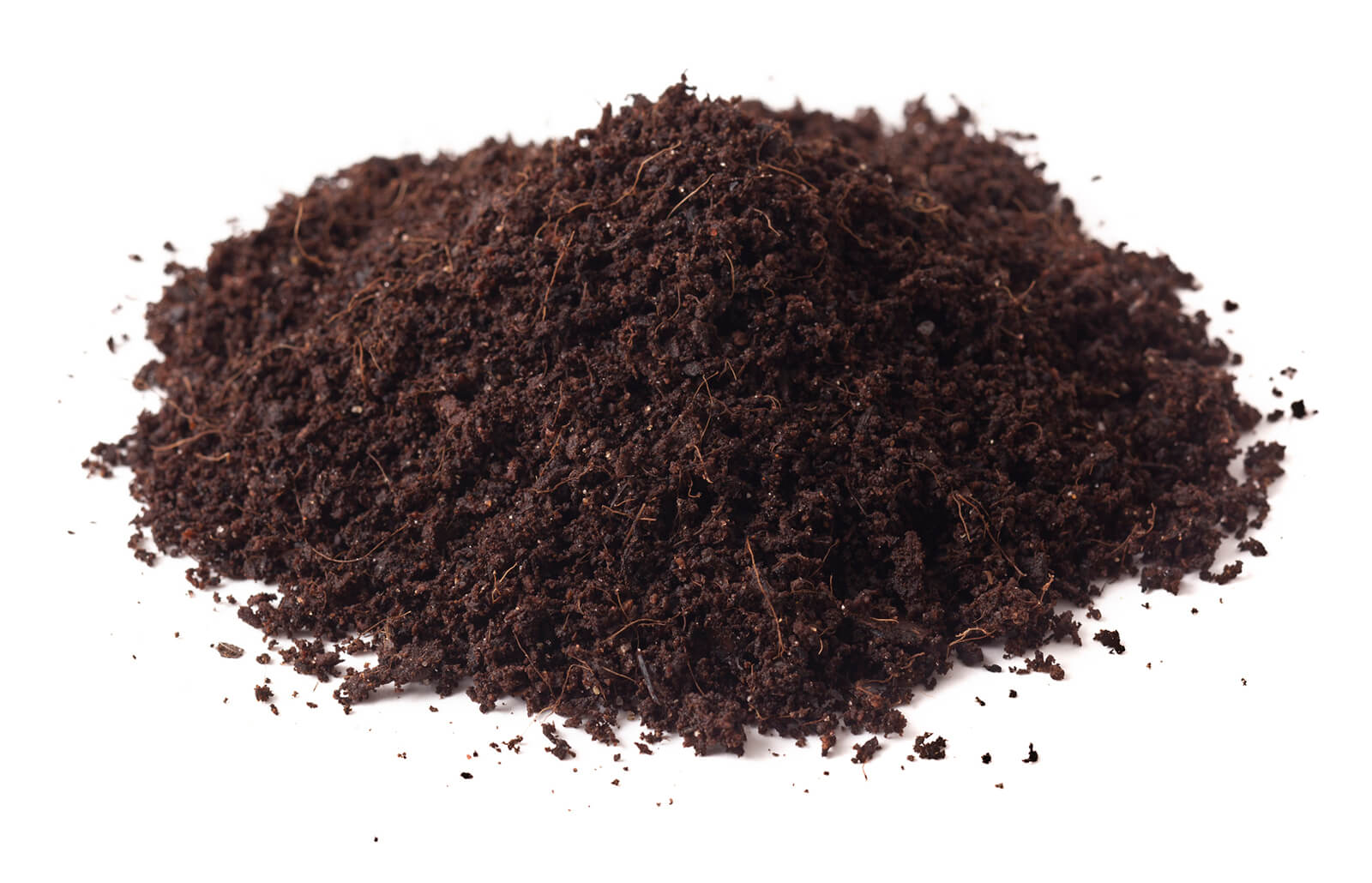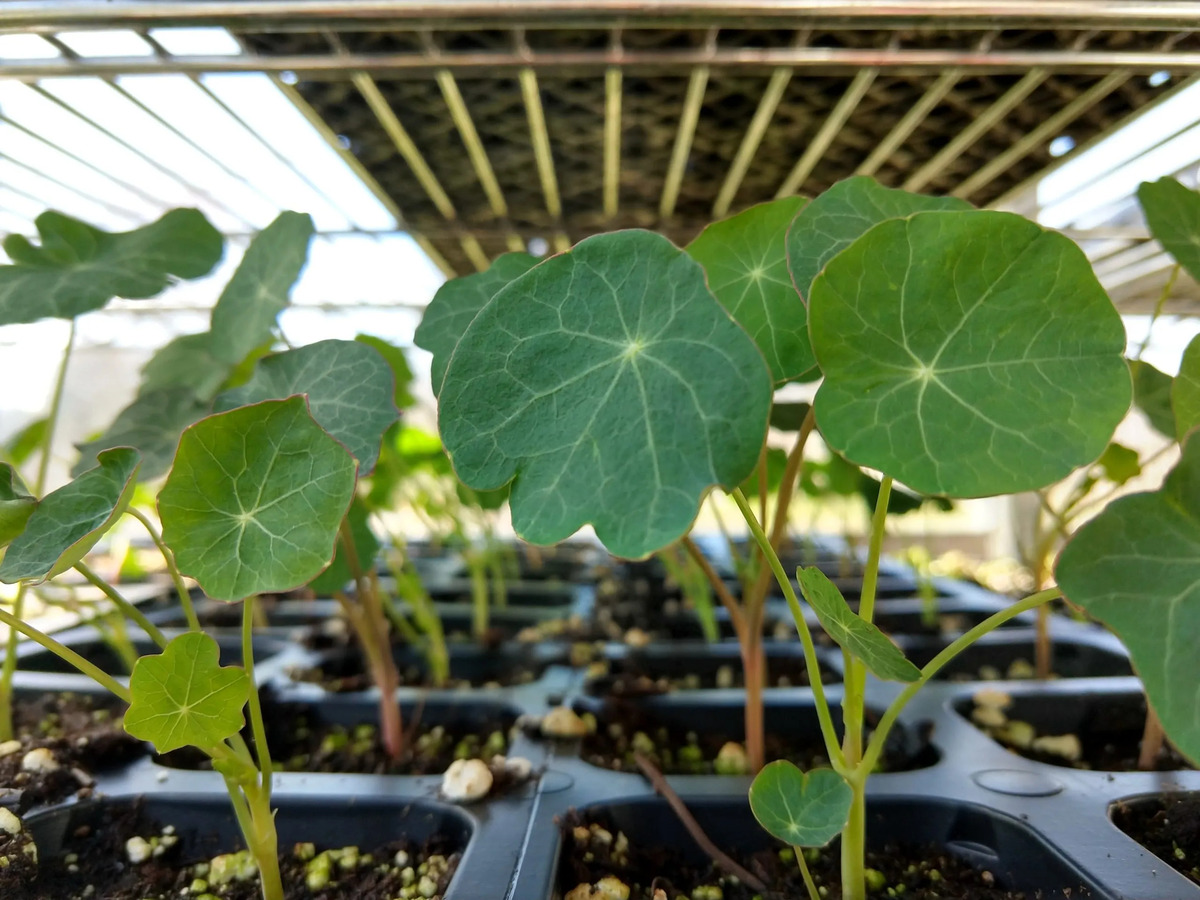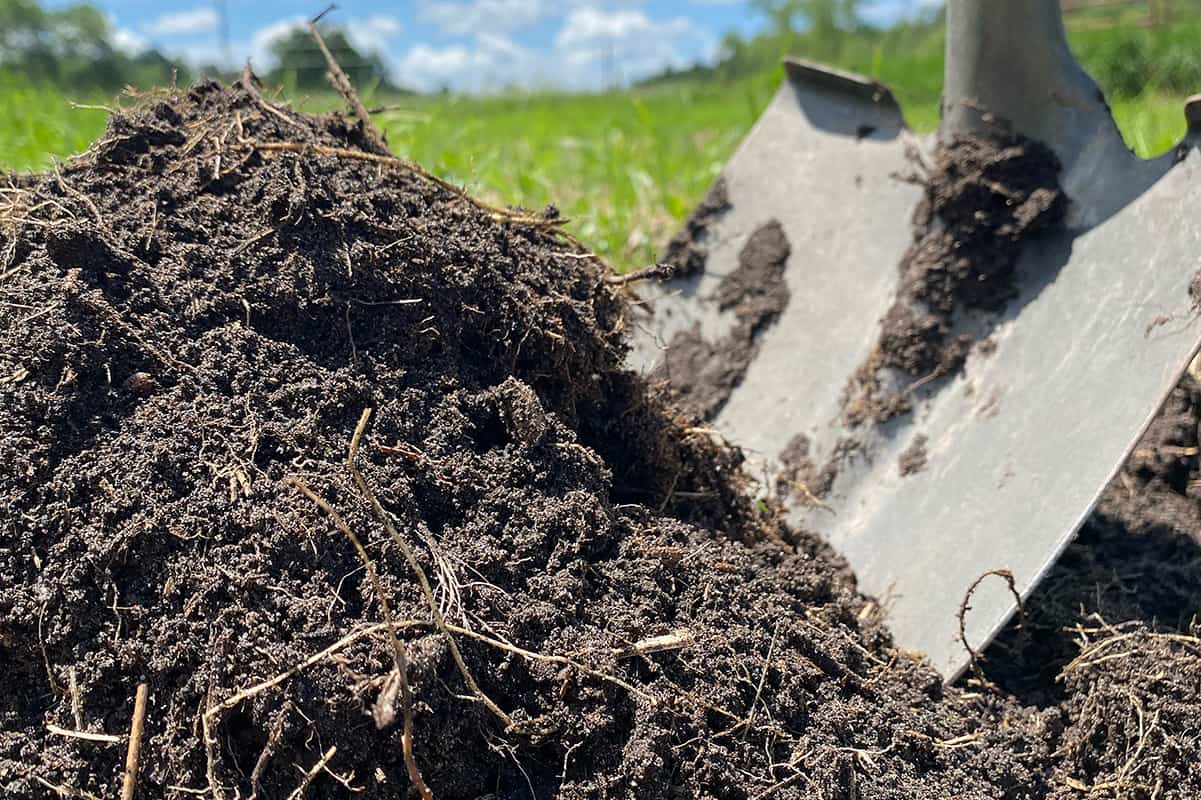Home>Gardening News and Trends>Latest News>Who Buys Trees For Lumber Near Me


Latest News
Who Buys Trees For Lumber Near Me
Modified: February 8, 2024
Looking for the latest news on who buys trees for lumber near you? Discover the top buyers and get the best deals on selling your trees for lumber.
(Many of the links in this article redirect to a specific reviewed product. Your purchase of these products through affiliate links helps to generate commission for Chicagolandgardening.com, at no extra cost. Learn more)
Table of Contents
Introduction
Welcome to the world of lumber! If you have trees on your property or have access to a wooded area, you may be wondering who buys trees for lumber near you. Whether you’re a landowner, a logger, or simply someone interested in the lumber industry, understanding the process of selling trees for lumber can be valuable knowledge.
The lumber industry plays a vital role in our society, providing the raw materials necessary for a wide range of products we use every day. From construction materials to furniture and paper, the demand for lumber is ever-present. However, the journey from a tree in the forest to a piece of lumber in a store involves several steps and requires the involvement of various stakeholders.
Before diving into the process of selling trees for lumber, it’s important to recognize the significance of trees themselves. Trees are not only beautiful and essential for our environment, but they also have immense value as a renewable resource. Sustainable forestry practices ensure that trees are harvested responsibly, allowing for the replanting and regrowth of new trees for future generations.
When considering selling trees for lumber, there are several factors to take into account. The type and quality of the trees, the volume available, and the current market conditions all play a role in determining the value of your trees. It’s essential to thoroughly research and understand these factors before proceeding further.
Researching local lumber buyers is a crucial step in the process. Identifying reputable buyers who adhere to sustainable practices and offer fair prices for your trees is important for a successful transaction. Once you have identified potential buyers in your area, contacting them to discuss your trees and negotiate prices will be the next step.
In this article, we will guide you through the process of selling trees for lumber. We will provide insights into researching local lumber buyers, contacting them, evaluating offers, and negotiating prices. By following these steps, you can ensure a smooth and profitable transaction while contributing to sustainable forestry practices.
Understanding the Lumber Industry
The lumber industry is a critical sector that serves as the backbone of various industries worldwide. It involves the harvesting, processing, and distribution of timber or logs to produce lumber and other wood-based products. This industry plays a multifaceted role, supporting construction, manufacturing, and even the production of paper and packaging materials.
One of the key components of the lumber industry is the logging process. Logging involves the felling of trees, commonly done using chainsaws or specialized machinery. Once the trees are cut down, they are transported to sawmills or processing facilities where they undergo further steps to convert them into usable lumber.
At the sawmill, the trees are processed to remove the bark and branches, leaving behind the usable trunk. The trunk is cut into logs of various sizes, depending on the intended application. These logs then go through a process known as milling, where they are sawn into boards, planks, or other desired shapes.
Once the logs are transformed into lumber, they can be used for a wide array of purposes. The construction industry utilizes lumber for building structures, such as houses, commercial buildings, and bridges. Furniture manufacturers rely on lumber to create beautiful and functional pieces, while the paper and packaging industry transform it into pulp for producing paper products.
The demand for lumber fluctuates based on various factors, including economic conditions, population growth, and construction trends. Understanding these market dynamics is crucial when venturing into selling trees for lumber. Keeping an eye on current market conditions and factors influencing demand can help you make informed decisions and maximize the value of your trees.
It’s also important to note the environmental impact of the lumber industry. Sustainable forestry practices, such as selective logging and reforestation, are essential for minimizing the industry’s ecological footprint. Many lumber buyers prioritize working with suppliers who adhere to these practices, ensuring the long-term viability of the timber industry and the preservation of our forests.
By familiarizing yourself with the fundamentals of the lumber industry, you can gain valuable insights into the process of selling trees for lumber. Understanding how trees are transformed into usable lumber and recognizing the industry’s economic and environmental aspects will empower you to navigate the selling process more effectively.
The Importance of Trees for Lumber
Trees are a valuable natural resource that plays a vital role in our society and the lumber industry. From providing timber for construction to offering raw materials for countless products, trees are essential for our everyday lives. Understanding the importance of trees for lumber can help us appreciate their value and the need for responsible forestry practices.
One of the primary benefits of trees for lumber is their renewable nature. Unlike many finite resources, trees can be replenished over time through sustainable forestry practices. This allows for the continuous production of lumber while ensuring the long-term health and sustainability of forests. By responsibly managing forests, we can ensure a steady supply of trees for generations to come.
Trees also contribute to the environment in numerous ways. They absorb carbon dioxide, a greenhouse gas linked to climate change, and release oxygen, improving air quality. Forests serve as habitats for various plant and animal species, promoting biodiversity. They help prevent soil erosion, regulate water cycles, and provide natural filtration systems for cleaner water sources. Trees truly are the lungs of our planet.
Furthermore, trees offer aesthetic and recreational benefits. They enhance the beauty of landscapes, create shaded areas, and provide a calming and serene environment. Parks, forests, and tree-lined streets are not only visually appealing but also offer spaces for recreational activities, promoting physical and mental well-being.
In the lumber industry, trees are the raw material for producing a wide range of wood-based products. Some commonly produced lumber types include dimensional lumber, used in construction for framing and structural purposes, and hardwood lumber, widely utilized for furniture, flooring, and cabinetry. Additionally, trees are processed into plywood, particleboard, and other composite materials, expanding their applications across various industries.
As consumer demand for sustainable and environmentally-friendly products continues to rise, the importance of responsible lumber sourcing becomes increasingly crucial. Buyers are keen on supporting suppliers who prioritize sustainable forestry practices, giving preference to companies that actively contribute to forest conservation and reforestation efforts.
By recognizing the significance of trees for lumber, we can make informed choices in our interactions with the lumber industry. Whether selling trees for lumber or purchasing wood products, considering sustainability and supporting responsible practices helps preserve our forests, protect biodiversity, and ensure a greener future for generations to come.
Factors to Consider When Buying Trees for Lumber
Buying trees for lumber involves careful consideration of several factors to ensure a successful and mutually beneficial transaction. Whether you are a lumber buyer or an individual looking to sell your trees, understanding these factors will help you make informed decisions and maximize the value of the transaction. Here are some key factors to consider when buying trees for lumber:
- Tree Type and Quality: Different tree species have varying characteristics and uses. Consider the specific requirements of your project or market when determining the tree types you are interested in purchasing. Additionally, assess the quality of the trees, including factors such as straightness, size, and health. Higher-quality trees typically yield better lumber.
- Volume and Sustainability: Assess the volume of trees available for purchase and ensure they meet your specific needs. It is essential to work with suppliers who adhere to sustainable forestry practices, emphasizing responsible tree harvesting and replanting to maintain the long-term health of forests.
- Market Conditions: Keep an eye on current market conditions, including supply and demand dynamics, pricing trends, and industry forecasts. Being aware of market fluctuations can help you negotiate better deals and make strategic purchasing decisions.
- Harvesting and Transport Costs: Consider the costs associated with tree harvesting and transportation. Factors such as distance, accessibility, and terrain can impact these costs. Ensure that the pricing and terms of the transaction align with these additional expenses.
- Environmental Regulations: Familiarize yourself with local and regional environmental regulations related to tree harvesting and transportation. Compliance with these regulations is crucial to ensure legal and responsible practices in the industry.
- Reputation and Ethics: When buying trees for lumber, it is important to work with reputable suppliers and maintain ethical practices. Consider the supplier’s track record, references, and commitment to sustainable forestry. Upholding ethical standards contributes to the preservation of forests and fosters a positive reputation within the industry.
By considering these factors when buying trees for lumber, you can make informed decisions that align with your project needs, market conditions, and environmental priorities. Whether you are a lumber buyer searching for the best quality and prices or a seller looking to ensure a fair and sustainable transaction, these considerations will guide you towards a successful outcome.
Researching Local Lumber Buyers
When it comes to selling trees for lumber, thoroughly researching local lumber buyers is a crucial step in the process. Identifying reputable buyers who align with your values and offer fair prices for your trees can make a significant difference in the success of your transaction. Here are some important factors to consider when researching local lumber buyers:
- Reputation: Look for buyers with a positive reputation in the industry. Seek recommendations from trusted sources, such as forestry agencies, local landowners, or fellow loggers. A buyer with a solid reputation is more likely to conduct fair and transparent transactions.
- Sustainable Practices: Consider the buyer’s commitment to sustainable forestry practices. Look for buyers who prioritize responsible tree harvesting methods, reforestation efforts, and adherence to environmental regulations. Working with environmentally conscious buyers not only benefits the ecosystem but also enhances the marketability of your trees.
- Experience and Expertise: Assess the buyer’s level of experience and expertise in the lumber industry. Buyers who have been in the business for a longer time often have a deeper understanding of market trends, pricing strategies, and the value of different tree species. Their knowledge can help ensure a smooth and profitable transaction.
- Financial Stability: Evaluate the financial stability of potential buyers. You want to work with buyers who have the necessary financial resources to make prompt payments and honor their commitments. Requesting references or conducting background checks can provide insight into the buyer’s financial reliability.
- Location: Consider the buyer’s proximity to your location. Working with local buyers can often reduce transportation costs and logistical challenges. Additionally, buyers who are familiar with the local forestry regulations and conditions may offer better insights and recommendations specific to your area.
- Networking and Industry Associations: Joining industry associations and attending relevant events can provide networking opportunities and valuable connections with potential buyers. Engaging with like-minded professionals allows you to stay informed about industry trends, gain insights, and build relationships with trusted buyers.
During your research, gather as much information as possible about potential buyers. Visit their websites, read customer reviews, and reach out to them directly to ask questions about their practices, pricing policies, and any other concerns you may have. It’s important to establish a level of trust and rapport with buyers before proceeding further.
By investing time and effort into researching local lumber buyers, you can find trustworthy partners who share your values and goals. This not only ensures a successful tree-selling transaction but also contributes to the promotion of sustainable forestry practices and responsible lumber sourcing.
Contacting Local Lumber Buyers
Once you have completed your research and identified potential local lumber buyers, the next step is to reach out and initiate contact. Contacting local lumber buyers is an important part of the process, as it allows you to establish a connection, discuss your trees, and negotiate potential deals. Here are some key points to consider when contacting local lumber buyers:
- Prepare Relevant Information: Before reaching out to buyers, make sure you have all the necessary information readily available. This includes details about the type of trees you have, the quantity, their quality, and any other pertinent information that could impact the value of your trees. Having this information at your fingertips will help you provide accurate and detailed information to the buyer.
- Choose the Preferred Method of Contact: Determine the best way to contact the buyer, whether it’s through phone, email, or an online inquiry form. Consider which method will allow for effective communication and ensure a timely response. Some buyers may also provide a preferred method of contact on their website, so be mindful of that as well.
- Introduce Yourself and Express Interest: Start your communication by introducing yourself and expressing your interest in selling your trees for lumber. Briefly explain your connection to the trees, whether you are a landowner or a logger, and convey your intention to explore potential opportunities with the buyer.
- Provide Details about Your Trees: Share the specifics of your trees, such as the species, size, age, and any other relevant characteristics. Include information about the location, accessibility, and the volume of trees available. The more detailed and accurate your information, the better equipped the buyer will be to assess the potential value of your trees.
- Ask for Their Buying Criteria: Inquire about the buyer’s specific buying criteria. Every buyer may have different preferences, requirements, and pricing structures. Understanding their criteria will help you determine if their needs align with your trees, and it will provide a basis for further discussion and negotiation.
- Be Transparent and Honest: Honesty is key throughout the communication process. Be transparent about any potential challenges or limitations associated with your trees. This will help establish trust between you and the buyer and demonstrate your commitment to a fair and transparent transaction.
- Ask Questions and Seek Clarification: Don’t hesitate to ask questions during your communication with the buyer. Seek clarification on any concerns or doubts you may have. This will allow you to gather more information about the buyer’s practices, their approach to sustainability, and their experience in the industry.
- Negotiate Prices and Terms: If there is interest from the buyer, initiate discussions about pricing and other terms of the transaction. Price negotiation can be a complex process, so be prepared to have an open and constructive dialogue. Consider the market value of your trees, the buyer’s buying criteria, and any additional factors that may impact the pricing.
Remember, each interaction with a lumber buyer is an opportunity to establish a connection and explore potential business partnerships. Be professional, polite, and approachable during your communications. Effective communication will not only help you find the right buyer for your trees but also set the foundation for a successful and mutually beneficial transaction.
Evaluating Offers and Negotiating Prices
Once you have contacted local lumber buyers and expressed your interest in selling your trees, you will likely receive offers from potential buyers. Evaluating these offers and negotiating prices is a critical step in the process of selling trees for lumber. Here are some key points to consider during this stage:
- Review the Offer: Carefully review each offer you receive. Analyze the terms, conditions, and proposed prices outlined in the offer. Take note of any additional costs or requirements mentioned by the buyer.
- Consider Market Value: Research the current market value of the species and quality of trees you are selling. By understanding the market trends and prices, you can better assess the fairness of the offer. This information will provide you with a reference point during negotiations.
- Assess the Buyer’s Reputation: Consider the reputation of the buyer. A buyer with a solid track record, positive reviews, and ethical practices is more likely to provide a fair offer. Trustworthy buyers prioritize transparency and are willing to discuss and explain the pricing structure and factors influencing their offer.
- Compare Multiple Offers: If you receive multiple offers, compare them to determine the best option. Consider not only the price offered but also factors such as the buyer’s reputation, their commitment to sustainability, and their track record of timely payments.
- Negotiate in a Constructive Manner: If you believe the initial offer does not reflect the value of your trees, engage in negotiations with the buyer. Be prepared to present your case, highlighting the characteristics of your trees that make them valuable. Use the market research you conducted to support your argument while remaining respectful and open to discussion.
- Consider Additional Terms and Conditions: In addition to price, evaluate any additional terms and conditions outlined in the offer. Consider factors such as payment schedule, transportation logistics, and any specific requirements from the buyer. These factors can impact the overall value and convenience of the transaction.
- Maintain Communication: Stay in regular communication with the buyer during the negotiation process. Promptly respond to their inquiries and provide any requested information or documentation. Effective communication helps build trust and demonstrates your commitment to a successful transaction.
Throughout the negotiation process, aim for a mutually beneficial outcome. Don’t focus solely on price; consider the overall value and benefits of the offer, including the buyer’s reputation, their commitment to sustainability, and their expertise in the industry.
Remember, negotiation is a back-and-forth process, and both parties should feel satisfied with the final agreement. Be open to compromise and find common ground that meets the interests of both parties. By evaluating offers carefully and negotiating in a constructive manner, you can secure a fair deal for your trees and establish a positive relationship with the buyer.
Selling Your Trees for Lumber
After conducting research, contacting potential buyers, evaluating offers, and negotiating prices, the next step is to finalize the sale and sell your trees for lumber. This stage requires attention to detail and careful consideration of the following steps:
- Agree on Terms: Once you have reached an agreement with the buyer, formalize the terms of the sale. This may involve signing a contract or purchase agreement that outlines the details of the transaction, including the price, payment terms, delivery schedule, and any other pertinent information.
- Prepare for Harvesting: If necessary, make the necessary arrangements to prepare your trees for harvesting. This may involve marking the trees to be cut or coordinating with the buyer regarding their preferred harvesting methods. Ensure that all relevant permits or licenses are obtained and that the harvesting process adheres to local regulations.
- Coordinate Logistics: Work closely with the buyer to coordinate the logistics of the tree removal and transportation. Determine the timeline for harvesting, discuss the methods of transportation (e.g., trucking or timber hauling), and ensure that the buyer has access to the harvesting site as needed. Clear communication is essential to ensure a smooth and efficient process.
- Track Documentation: Keep track of all documentation related to the tree sale, including contracts, receipts, and any permits or licenses. This documentation serves as proof of the transaction and may be required for tax purposes or to address any legal matters that may arise.
- Ensure Payment: Prior to the delivery of the trees, clarify the payment terms and ensure that both parties are in agreement. Arrange for the buyer to make the payment promptly according to the agreed-upon terms. Consider utilizing secure payment methods to protect both parties’ interests.
- Follow Environmental Regulations: Throughout the process, adhere to all applicable environmental regulations and laws. Make sure to properly dispose of any debris or waste generated during harvesting and transportation. By doing so, you can contribute to sustainable forestry practices and minimize the environmental impact of the transaction.
- Maintain Communication: Stay in close communication with the buyer throughout the process. Provide updates on the progress of the tree removal and transportation as well as any unforeseen challenges that may arise. Maintaining open lines of communication helps build trust and ensures a successful and satisfactory transaction for both parties.
Once the trees have been harvested and delivered to the buyer, the transaction is complete. Take the time to assess the overall experience and reflect upon the process. Consider any lessons learned and opportunities to improve in future timber sales.
By following these steps and being diligent in your planning and communication, you can successfully sell your trees for lumber. Remember, each transaction is unique, and the key is to be thorough and attentive to detail to ensure a smooth and mutually beneficial process.
Conclusion
Selling trees for lumber is a process that requires careful consideration, research, and effective communication. By understanding the lumber industry, recognizing the importance of trees as a renewable resource, and evaluating factors such as tree type, volume, and market conditions, you can make informed decisions throughout the selling process. Researching local lumber buyers, contacting them, evaluating offers, and negotiating prices are essential steps to ensure a successful transaction.
When researching local lumber buyers, prioritize reputation, sustainable practices, and expertise. Consider factors such as location, networking opportunities, and industry associations to find reputable buyers who align with your values and requirements. Contact these buyers to initiate discussions about your trees, providing accurate and detailed information to facilitate a fair assessment. Throughout negotiations, maintain open communication, consider market value, and be transparent about any limitations or concerns.
Once offers are evaluated and prices are negotiated, finalize the sale by agreeing on terms and preparing for harvesting and transportation. Maintain clear documentation of the transaction and ensure that payment is received according to the agreed-upon terms. Always adhere to environmental regulations and maintain open communication with the buyer until the transaction is completed.
By following these steps, you can sell your trees for lumber while promoting sustainability and responsible forestry practices. The process may require effort and attention to detail, but the rewards of a successful and mutually beneficial transaction are worth it. Selling trees for lumber not only contributes to the lumber industry but also plays a role in preserving our forests, supporting local economies, and providing the raw materials for various essential products.
Whether you’re a landowner, a logger, or simply someone interested in the lumber industry, understanding the process of selling trees for lumber provides valuable insights into the journey from forest to finished product. By navigating the selling process with knowledge and care, you contribute to sustainable forestry practices while maximizing the value of your trees.
